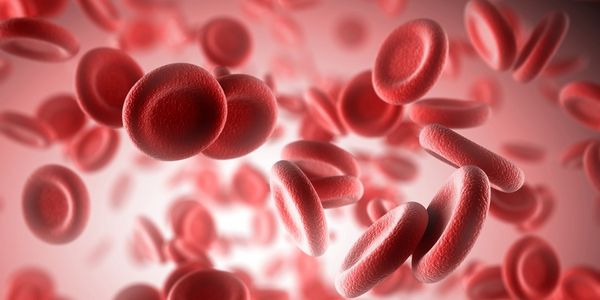Myelodysplastic syndrome-treatment. Symptoms and prevention of the disease myelodysplastic syndrome

Myelodysplastic syndrome is a group of hematological diseases, which playback due to the violation of one or more types of blood cells (erythrocyte, leukocytes, Platelet) bone marrow.
People, suffering from this disease, the bone marrow is unable to produce the right amount of blood cells, that leads to increased risk of infection, anaemia, bleeding.
Development mielodisplasticheskogo syndrome may be spontaneous or be a result of chemotherapy, exposure.
Myelodysplastic syndrome develops in people over 60 years, people of young age is rare.
Myelodysplastic syndrome-causes
Causes of mielodisplasticheskogo syndrome is not installed.
Factors, conducive to the development of mielodisplasticheskogo syndrome:
- hereditary diseases (nejrofiʙromatoz, Down's syndrome, Fanconi anemia);
- chemical substances harmful effects (Alkyls, benzene, etc.);
- ionising radiation (gamma radiation, x-rays);
- medication, suppress the immune system.
Symptoms of mielodisplasticheskogo syndrome
Patients complain of fatigue, shortness of breath during physical exercise, fatiguability, dizziness-symptoms, related to the development of anemia. Often diagnosed by chance when the laboratory study of blood. Less frequently the diagnosis is set in the treatment of hemorrhagic syndrome, infection, thrombosis. Such symptoms, How weight loss, pain syndrome, unmotivated fever can also be signs of demonstrations mielodisplasticheskogo syndrome.
Myelodysplastic syndrome-Diagnosis
Diagnosis is based on laboratory data, which include:
- complete blood count;
- histological and cytological studies of bone marrow;
- cytogenetic analysis of peripheral blood, bone marrow to identify chromosomal changes.
Myelodysplastic syndrome-types of the disease
Classification of mielodisplasticheskogo syndrome (WHO):
- Refractory anemia: anemia not responsive to therapy drugs iron, Vitamins, in the bone marrow are less 5% myeloblasts, cell abnormalities, usually, refer to predecessors of erythrocytes;
- Myelodysplastic syndrome with isolated del;
- Refractory zitopenia with multilinear dysplasia;
- Myelodysplastic syndrome neklassificiruemyj;
- Refractory zitopenia with multilinear dysplasia, ring sideroblastami;
- Refractory anemia with kol'cevidnymi sideroblastami: myeloblasts in the bone marrow are less 5%, predecessors of erythrocytes not less 15%, that presented anomalous cells-ring sideroblastami;
- Refractory anemia with excess blasts-1;
- Refractory anemia with excess blasts-2.
Myelodysplastic syndrome-patient Actions
When signs of illness you should consult your doctor immediately. When diagnostirovannom mielodisplasticheskom Syndrome should be observed at the hematologist, implement all of its recommendations.
Treatment of mielodisplasticheskogo syndrome
Not all patients with mielodisplasticheskogo syndrome need therapy. In the absence of the anaemic, hemorragic syndromes, infectious complications patients experience at haematologist.
Choice of tactics of treatment determined by somatic status, age of patient, risk on a scale WPSS, IPSS, the availability of compatible donor.
Accompanying therapy involves transfusion of various blood components (trombokoncentrata, eritrocitarna mass), trombopojetinom therapy, erythropoietin. Immunosupressivne treatment is effective in patients with normal summary, gipokletochnym bone, the presence of HLA-DR15.
Allogeneic hematopoietic stem cell transplant from a compatible donor is the method of choice when mielodisplasticheskom syndrome.
Patients with good somatic status, younger 65 years, in the presence of HLA-compatible donor that the Allogenic marrow transplantation.
In some cases, chemotherapy is used.
Among the new therapeutic approaches using DNA methylation inhibitors (decitabin, 5-azacitidine), immunomodulators (lenalidomide).
With the development of infectious complications require antibacterial, antifungal therapy.
Myelodysplastic syndrome-Complications
For mielodisplasticheskogo syndrome characterized by the development of infectious and haemorrhagic complications, thrombosis, anemia. Some forms of mielodisplasticheskogo syndrome can be transformed in leukemia.
Prevention of mielodisplasticheskogo syndrome
Because so far not identified the exact cause of this pathology, It has been developed and preventive measures. It is recommended to avoid contact with the factors, able to influence the occurrence of mielodisplasticheskogo syndrome or accelerate it.
